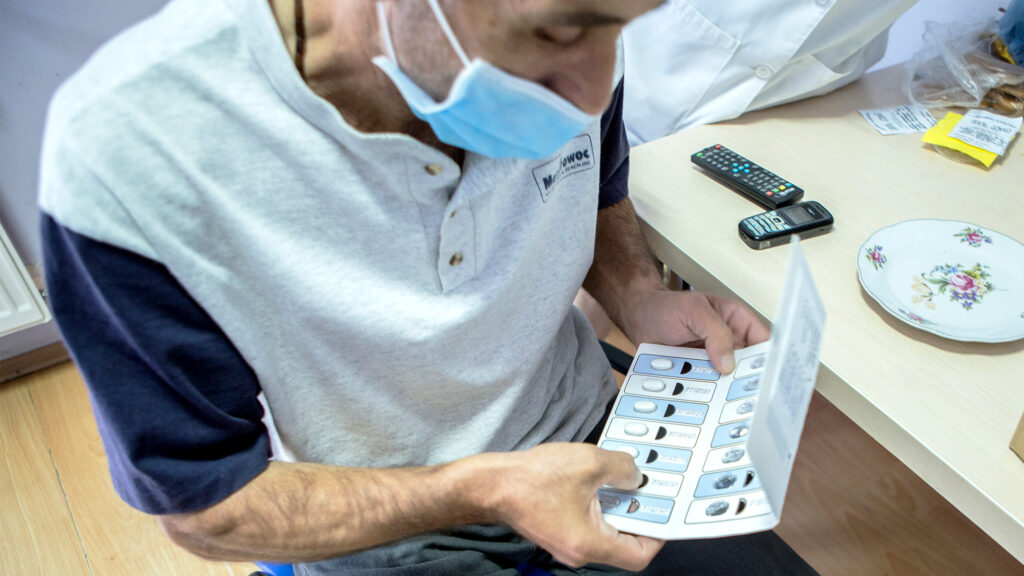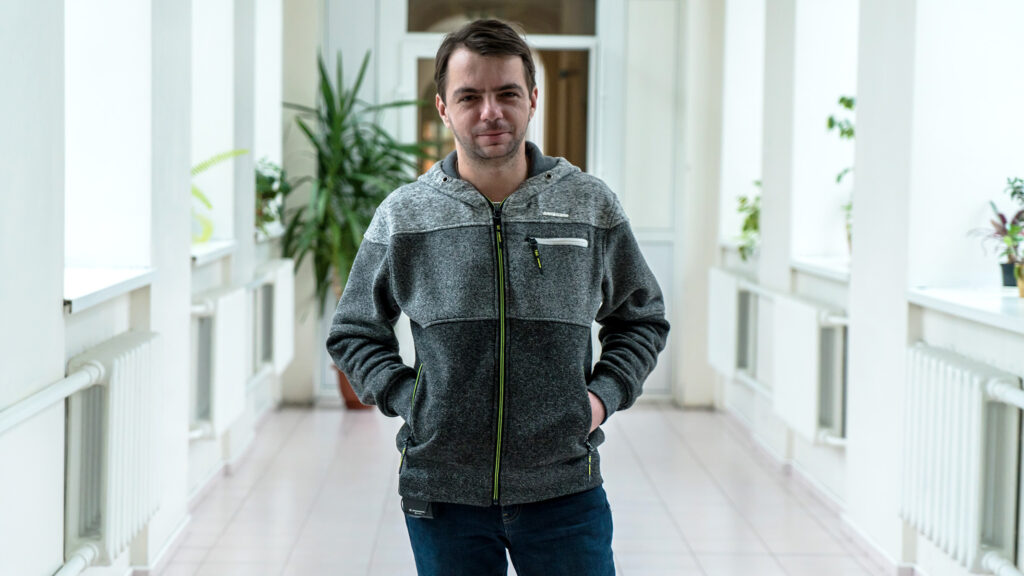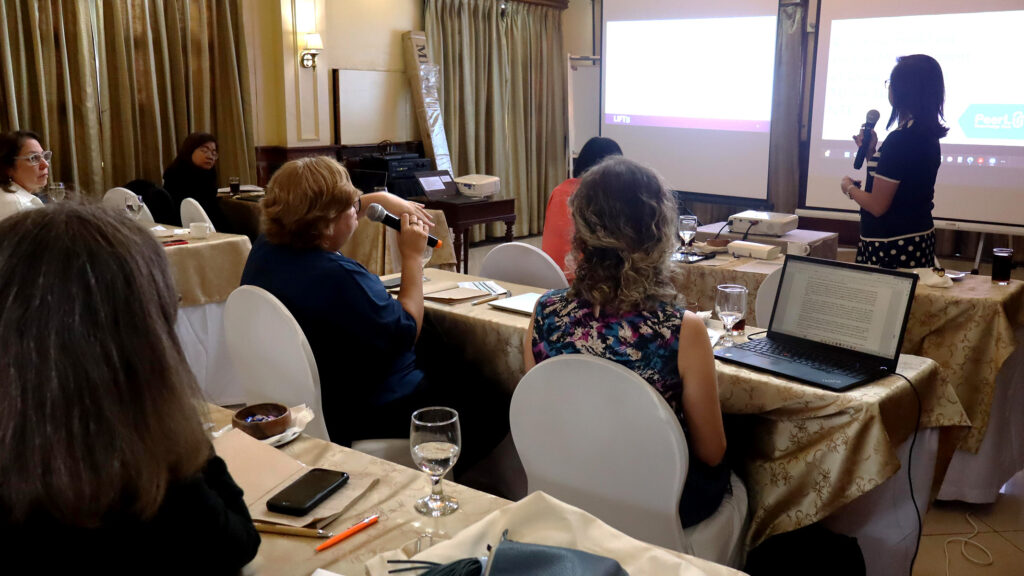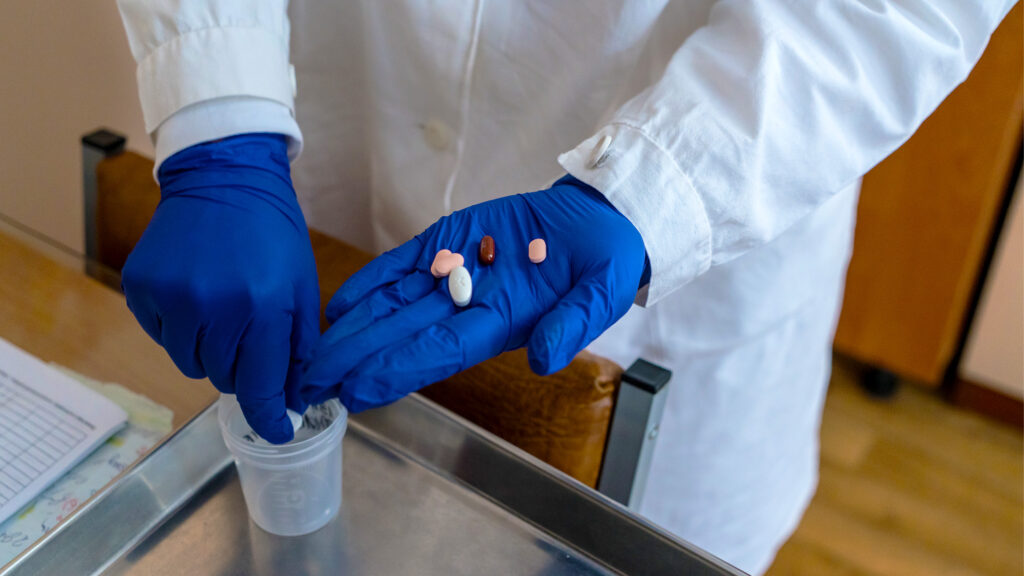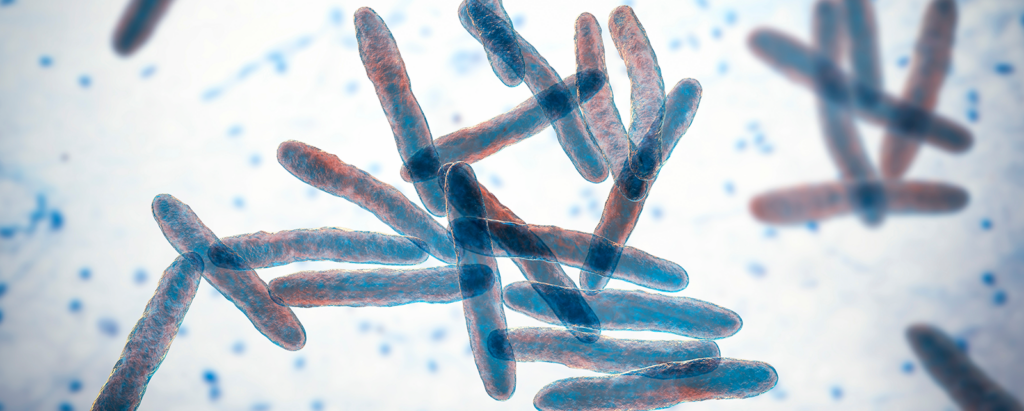Price of Key DR-TB Medicine Drops 25% as TB Alliance’s Multi-Manufacturer Strategy Expands Access
TB Alliance’s third licensed manufacturer makes pretomanid available through the Global Drug Facility, further improving…
Afrigen Biologics and Vaccines: A Catalyst in mRNA Technology and LMIC Capacity Strengthening
Afrigen Biologics and Vaccines embodies the spirit of equitable healthcare innovation, scientific advancement, and regional…
The Biggest Challenge to Ending TB is not Scientific
Statement from TB Alliance on World TB Day For most of human history, tuberculosis (TB)…
Price of Key DR-TB Medicine Drops 25% as TB Alliance’s Multi-Manufacturer Strategy Expands Access
TB Alliance’s third licensed manufacturer makes pretomanid available through the Global Drug Facility, further improving…
PeerLINC Recognizes One Year of Transforming Drug-Resistant TB Treatment Through Faster, More Easily Accessible Technical Assistance
The PeerLINC Knowledge Hub, an innovative peer-to-peer initiative that connects experts from countries that rapidly…
TB Alliance Works With Stop TB Canada, Viatris, and Local Physicians to Speed Pretomanid Access in Canada
Stop TB Canada has announced a streamlined process to speed up the availability of pretomanid,…
Funding for TB and Neglected Disease Research Must Increase to Realize Promise of New Technologies
Statement from TB Alliance on release of the G-FINDER 2024 Neglected Disease R&D Report NEW…
New Clinical Trial Examines Use of Novel Compound Telacebec in Buruli Ulcer Patients
NEW YORK (August 21, 2024) – In July 2024, a Phase 2 proof-of-concept study was…
TB Alliance Launches Five-Country Phase 2 Clinical Trial Evaluating Next-Generation TB Drug
Early results presented at the Union World Conference on Lung Health suggest promise of new…
Price of Key DR-TB Medicine Drops 25% as TB Alliance’s Multi-Manufacturer Strategy Expands Access
TB Alliance’s third licensed manufacturer makes pretomanid available through the Global Drug Facility, further improving…
TB Alliance Joins Indonesia’s High-Level Meeting on TB
BALI, Indonesia (November 11, 2024)—TB Alliance is honored to join today’s High-Level Meeting hosted by…
TB Alliance Appoints Srishti Gupta and Akshay Vaishnaw as New Members to its Board of Directors
NEW YORK (December 9, 2024)—TB Alliance welcomes Srishti Gupta, MD, MPP, MPhil, and Akshay Vaishnaw,…
